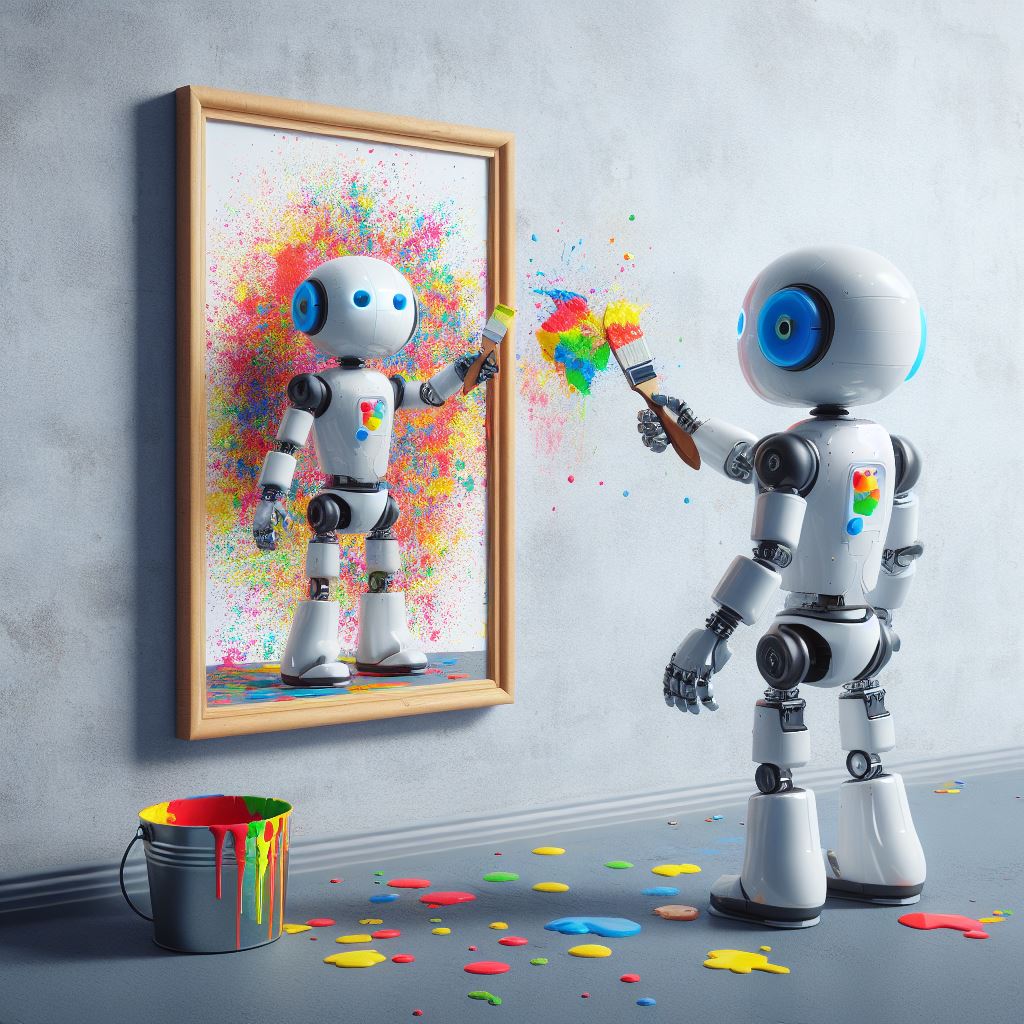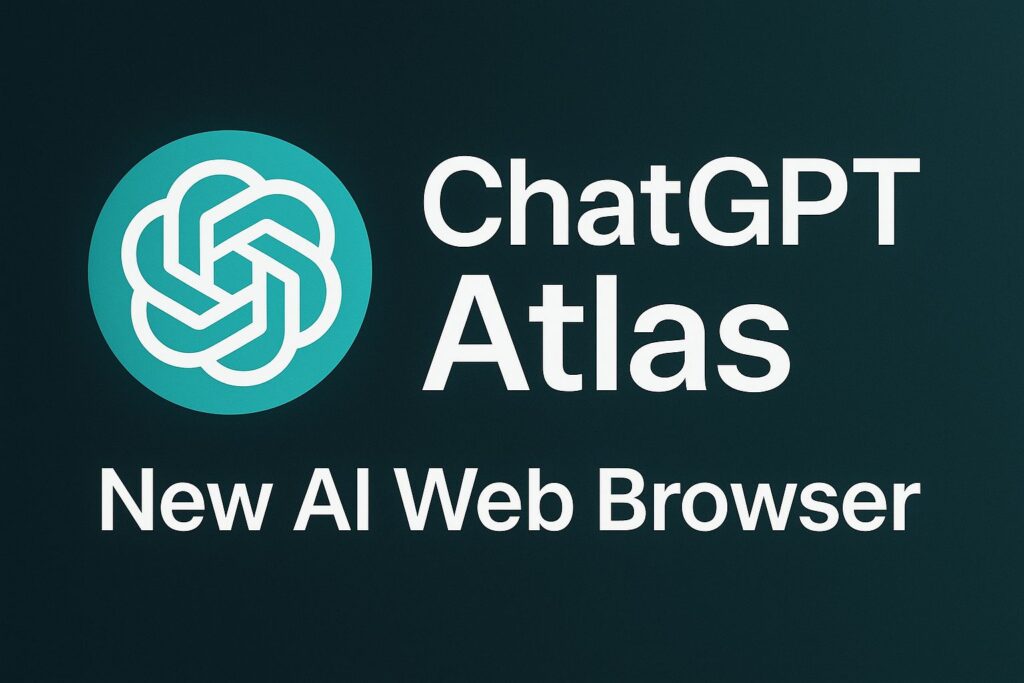AI Painting is an innovating new technique that blends technology with creativity to produce incredible artworks. Based on machine-learning algorithms and deep neural networks, this ground breaking field studies and recreates artistic styles from other artists. In this article we’ll look at its fundamental concept, process, effects on creativity, advantages of implementation, breakthroughs made thus far and discuss potential future developments of this exciting field of AI art.
Table of Contents

Understanding AI in Art
Artificial Intelligence, also known as Machine Intelligence (MI), refers to machines designed to emulate human intelligence by learning and solving problems autonomously. If applied to art, AI algorithms are capable of processing vast quantities of visual data to detect patterns and create artistic outputs similar to what humans may imagine. AI painting refers to training such algorithms on different artworks so they understand different artists’ techniques, styles and aesthetics; as a result AI systems can autonomously create original works or recreate existing pieces with unique designs.
How Does AI Painting Work?
AI painting uses neural deep networks, an artificial intelligence component which mimics human brain’s neural networks. Once trained and perfected, these neural deep networks can be fed with images of art work to train their network and recognize patterns like brushes and colors as well as elements of artistic design such as patterns on brushes or colors that create artworks. When this has been completed, an AI system can use its knowledge acquired either combined with input from the user or created completely original works based on styles learned over time.
AI painting begins with users providing specific details like choosing an artist style, color palette or topic for consideration by its AI system. Once complete, this original piece of artwork may later be enhanced or modified by individual users through collaborative efforts between human and machine.
Emergence and Growth: Analysis and Implications
AI painting has experienced rapid development over the last several years thanks to advances in computer power, machine learning algorithms and access to massive art databases. This painting’s history can be traced back to 2000 when researchers and artists first began investigating generative algorithms and neural networks for digital painting purposes; however it wasn’t until deep learning techniques became widely deployed that significant advancements occurred with regards to this techniques.
AI Painting’s Impact on Creativity
This painting pattern has provoked intense debate about its effect on human creativity. Critics assert that AI-generated art lacks the emotional authenticity associated with traditional forms of art, making it less appealing. On the other hand, those advocating this painting style maintain that it should be seen as an aid rather than as an invading force; AI tools allow artists to explore different styles while expanding boundaries within existing art practices.
This painting style also holds the potential to democratize art, making it accessible and available to a larger population. Traditional forms typically require years of formal study, restricting participation to only certain individuals. With AI painting anyone is capable of creating their own pieces without prior expertise or experience needed – providing new avenues of expression and creative thought!
AI Painting Has Many Advantages
This painting style offers many advantages that could revolutionize the art world. First and foremost, AI painting allows artists to experiment and explore freely; by employing algorithmic AI techniques art students are able to quickly explore various techniques, styles and creative concepts without extensive training or prior experience being necessary – this freedom allows for innovative works and ground breaking masterpieces!
This painting technology can assist with the restoration and preservation of art works. AI algorithms can analyze damaged paintings to allow experts to devise precise restoration methods, thus preserving important artworks for future generations to enjoy and learn about.
This style opens up new avenues of collaboration between machines and humans. Artists can collaborate with AI systems to harness their computational and analytical abilities in order to facilitate their creative process and produce unique, unexpected outcomes not feasible with traditional methods.
Major Breakthroughs in AI Painting Technology
Recent years have witnessed several breakthroughs that have brought AI painting to new levels, particularly with Generative Adversarial Networks (GANs). GANs consist of two neural networks — an engine and discriminator — which combine to produce pleasing and realistic images, revolutionising AI painting by producing artworks which are nearly indistinguishable from that created by humans.
Another remarkable advancement made possible by AI machines is their capacity to alter artistic styles. Through what is known as style transference, AI software can take traits from one work and use them to design something entirely new that incorporates elements of both. This method opens up endless opportunities of creativity and aesthetic exploration.
Future Projections for AI Painting Services
AI painting holds tremendous promise for the future. As technology improves, artificial intelligence (AI) systems will become ever more capable of producing art that surpasses human capability. We can expect AI painting to continue pushing boundaries of imagination while producing art that challenges our understanding and perception of art.
Artificial Intelligence painting could become an integral component of future artists’ creative processes. AI systems could serve as the source for initial ideas or provide inspiration; their combination could change how we understand art and redefine who counts as an artist.
AI Painting Confronts Difficulties and Controversies
AI painting may offer great promise and promise, yet also presents several challenges and issues. One such difficulty lies with authorship and authenticity: when AI machines create artwork utilizing techniques or styles they have been taught by others, there can be questions regarding authorship and crediting: do AI machines count as creators themselves or should credit go back to those who taught or assisted the machine instead?
Ethics remain an issue with AI painting. Some believe that art produced using artificial intelligence (AI) might devalue the work of artists, leading to less appreciation and investment for art in general. Furthermore, there are fears over AI being employed to produce counterfeit artwork which could flood the market with copies.
AI Painting Is Reshaping the Future of Creativity
AI painting is an innovative field that blends technology with creativity to open new opportunities for artists, art enthusiasts and the art industry in general. Although the internet could pose problems and generate controversy, it also presents opportunities for experimentation, collaboration, and increasing accessibility of art. As AI technology progresses and becomes more sophisticated, artists will find AI an indispensable ally in their artistic process and challenging conventional art styles. By welcoming AI art into society we could foster an environment in which humans and machines share creative abilities equally to further expand artistic expression while inspiring future generations.
Discover more from TechResider Submit AI Tool
Subscribe to get the latest posts sent to your email.






